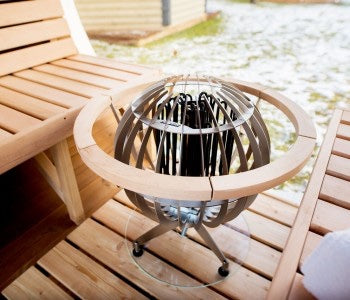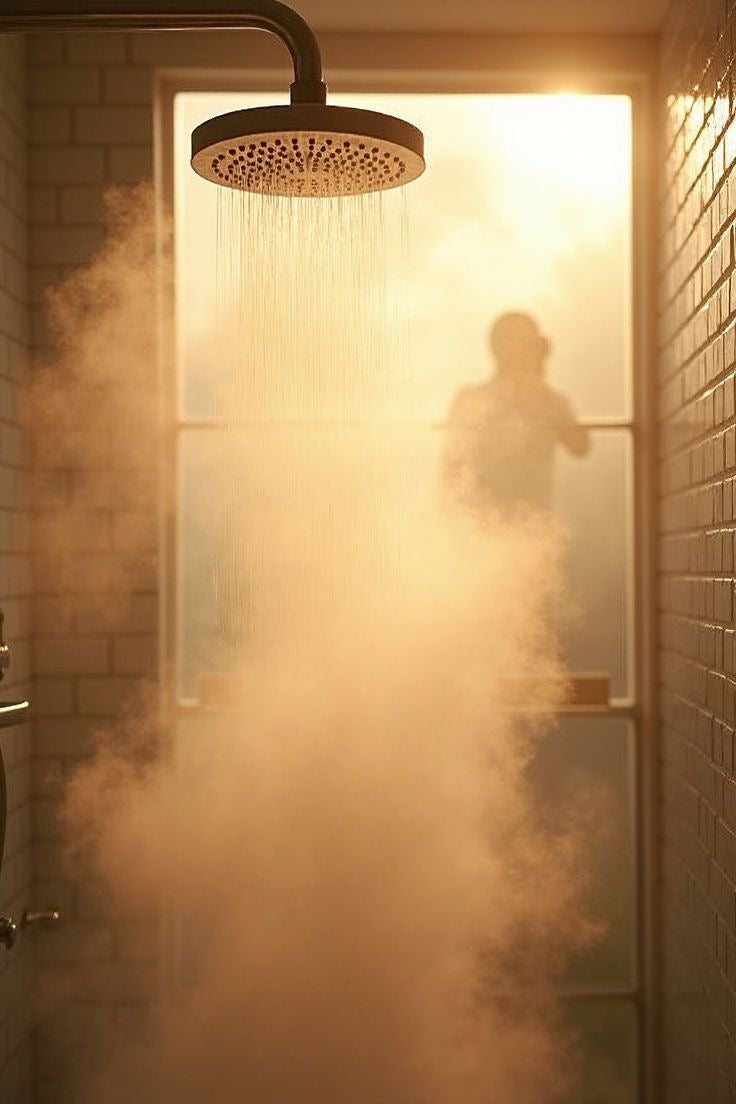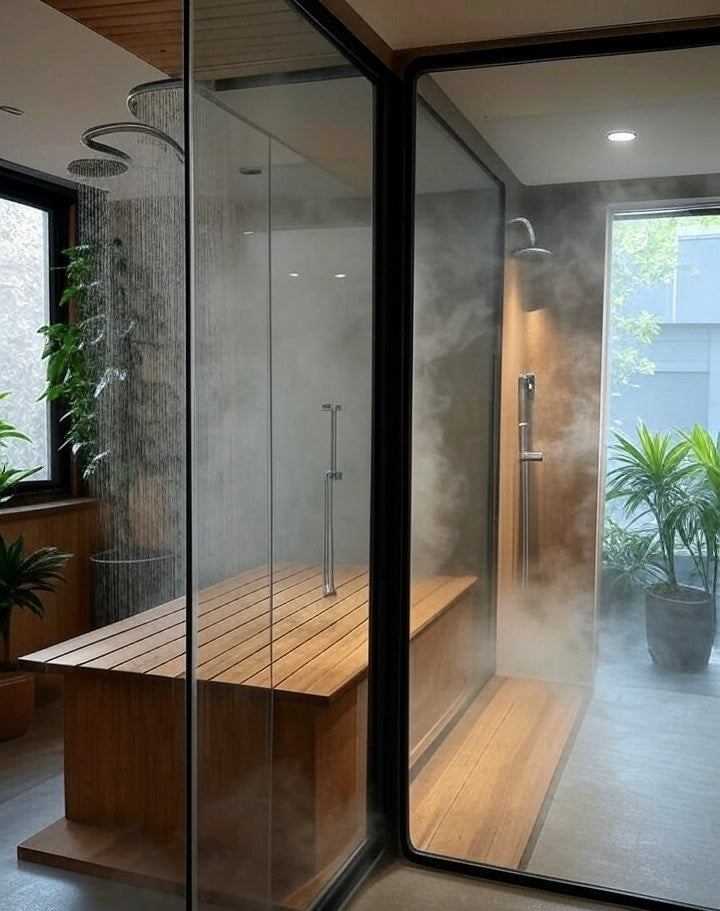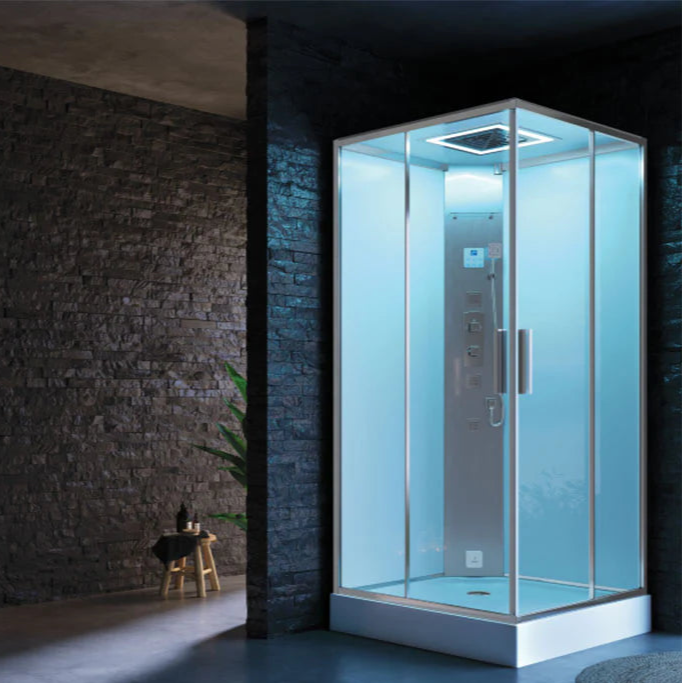Tired of sweating the small stuff and your blood pressure? Infrared saunas—from your cosy home sauna to that sleek garden sauna—might help you chill out and lower your numbers. Short answer: Yes, sauna use can support heart health. Keep reading to find out why your outdoor sauna could be a secret hero!

Understanding Infrared Saunas and Their Impact on Blood Pressure
What is an Infrared Sauna?
Unlike traditional saunas, which heat the air, infrared saunas use invisible light to warm your body directly.
This creates a gentler heat, making it easier to stay inside for longer. It's especially helpful for people who find steam saunas too intense.
Many enjoy having a home sauna, outdoor sauna, or even a garden sauna for easy access and comfort.
Distinguishing Infrared from Traditional Saunas (how they heat the body)
Traditional saunas heat the air to high temperatures—sometimes up to 100°C. That hot air then warms your body from the outside in.
Infrared saunas, however, emit radiant heat that penetrates the skin directly. This allows for the same sweating benefits at much lower air temperatures—usually around 40°C to 60°C.
It’s easier on the body and less overwhelming, especially for those managing blood pressure.
Types of Infrared (Near, Mid, and Far Infrared) and Their Functions
Infrared saunas use three types of waves, each with unique effects:
-
Near Infrared: Supports skin healing and surface-level circulation
-
Mid Infrared: Targets joints and muscles for pain relief
-
Far Infrared: Promotes deep sweating and helps with detox
Some saunas combine all three for a full-body experience.
The Science Behind Infrared Saunas and Blood Pressure Reduction
How Vasodilation and Improved Circulation Lower Blood Pressure
Infrared heat causes vasodilation—widening of blood vessels. This boosts blood flow and reduces resistance in the arteries.
As a result, your heart doesn’t have to work as hard, which naturally brings down blood pressure.
Better circulation also helps with oxygen delivery throughout the body.
The Role of Nitric Oxide in Blood Vessel Function
Infrared heat may trigger the release of nitric oxide, a molecule that relaxes blood vessel walls.
This helps blood move more freely and supports healthy pressure levels.
Nitric oxide also plays a role in regulating inflammation and overall cardiovascular health.
Overview of Research and Clinical Studies (short-term vs. long-term effects on hypertension)
Short-term sauna sessions have shown mild drops in blood pressure due to relaxation and sweating.
Over time, regular use (about 3 to 4 times per week) has been linked to sustained improvements in both systolic and diastolic readings.
The benefits appear strongest in those with pre-hypertension or mild hypertension.
Broader Health Benefits of Infrared Sauna Therapy
Beyond Blood Pressure: A Holistic Approach to Wellness
Infrared sauna benefits go far beyond just managing your blood pressure.
They support the body and mind in various interconnected ways.
Stress Reduction and Enhanced Relaxation
The gentle heat helps calm the nervous system, reducing cortisol—the body's main stress hormone.
A relaxed mind can lead to a more stable cardiovascular system.
Many users describe a sense of deep calm after each session.
Detoxification and Improved Skin Health
Sweating through infrared heat helps remove toxins, heavy metals, and impurities.
This can lead to clearer skin, improved tone, and a fresher appearance.
Regular use may also help unclog pores and support skin hydration.
Pain Relief and Muscle Recovery
Infrared heat penetrates deep into soft tissue, easing aches, stiffness, and joint pain.
Athletes and people with arthritis often use it to speed up recovery and reduce inflammation.
It’s a drug-free method for long-lasting relief.
Potential for Improved Sleep Quality and Mood
Infrared saunas encourage the release of endorphins and melatonin precursors.
These help improve mood and can lead to deeper, more restful sleep.
The calming effect on the body makes it a great wind-down ritual.
Connections to Cardiovascular Health (beyond blood pressure, e.g., heart rate variability, cholesterol)
Studies suggest that regular sauna use may improve heart rate variability (HRV), a key marker of heart health.
It may also help lower LDL cholesterol, reduce arterial stiffness, and support vascular function.
These effects contribute to a healthier heart overall.
Safe and Effective Use of Infrared Saunas for Blood Pressure Management

Important Considerations and Precautions
Consulting Your Healthcare Provider (especially for pre-existing heart conditions or medications)
If you have a heart condition or take medication for blood pressure, always check with your doctor first.
They can advise you on the safest way to use a sauna, especially if you’re new to heat therapy.
Better safe than sorry—especially with your heart.
Contraindications and When to Avoid Use (e.g., unstable angina, recent heart attack, severe low blood pressure)
Avoid infrared saunas if you have:
-
Unstable angina
-
Severe hypotension
-
Recent heart attack
-
Dehydration or lightheadedness
Always err on the side of caution and stop immediately if you feel unwell.
Optimising Your Infrared Sauna Experience
Recommended Session Duration, Frequency, and Temperature
To support blood pressure:
-
Temperature: 45°C to 60°C
-
Duration: 15–30 minutes
-
Frequency: 3 to 4 times per week
Start slow and work your way up as your body adjusts.
The Importance of Hydration
Sweating leads to fluid loss, so it’s important to drink water before, during, and after your sauna session.
Dehydration can affect blood pressure and overall safety.
Keep a bottle nearby and don’t wait until you feel thirsty.
Listening to Your Body and When to Stop
Stop your session immediately if you feel:
-
Dizziness
-
Nausea
-
Excess heat or discomfort
Pay attention to how your body responds. Your safety always comes first.
Takeaways
-
Infrared sauna therapy can help lower blood pressure by improving circulation and relaxing blood vessels.
-
It offers additional perks like stress relief, better sleep, clearer skin, and faster recovery.
-
Be sure to use your home sauna, garden sauna, or outdoor sauna safely and consistently.
-
Always consult a healthcare professional before starting if you have any heart conditions.






